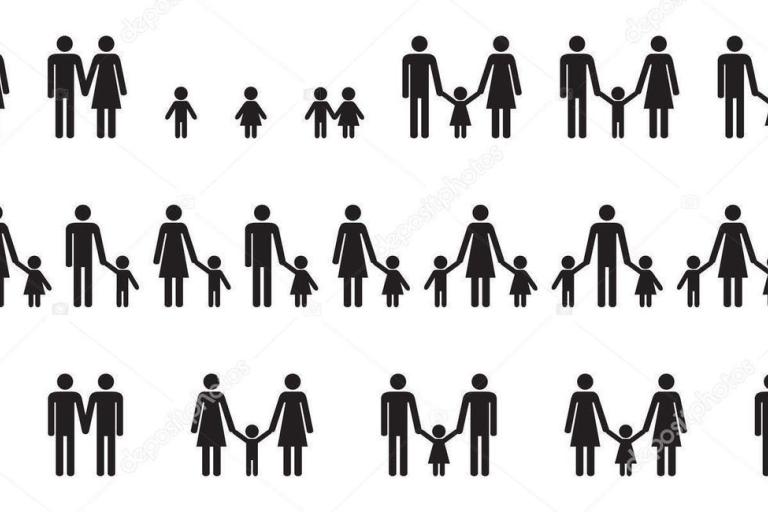A labor union, serving in its capacity as an employer, is subject to the same standards as employers that are signatory to the union’s collective bargaining agreement. Courts have upheld that to constitute an employer under discrimination laws, unions must have the requisite minimum of fifteen full-time employees. While traditional employees do suffice for this purpose, whether other union positions qualify is less clear. In Daggett vs. USCW Local 304A, approximately fifty stewards proved their employee-employer relationship with a union by citing the monetary benefits they received and measure of supervision they were subject to (245 F.3d 981 (8th Cir. 2001)). This was sufficient to establish jurisdiction as an employer so that a harassment claim could be filed by the stewards.
Once jurisdiction is established, unions may be held liable for creating or contributing to a hostile work environment in instances where union officials either directly engage in discriminatory behavior, or fail to file grievance reports and conduct fair investigations in response to harassment claims by union members and employees. Both local and national unions may be named as defendants in suits bringing harassment claims (EEOC v. National NEA, Alaska, 422 F.3d 840 (9th Circuit 2005)). Courts have consistently held that unions breach both their duty of fair representation and Title VII when they maintain a policy, whether formal or informal, of “refusing to file grievable discrimination claims” (Goodman v. Lukens Steel Co., 482 U.S. 656 (1987)).
In Faragher and Ellerth, the Supreme Court of the United States established that employers are vicariously liable for harassment when a tangible employment action is taken. A tangible employment action is a significant change in employment status, such as firing, demotion, or reassignment (Burlington Industries, Inc. v. Ellerth, 524 U.S. 742 (1998) and Faragher v. City of Boca Raton, 524 U.S. 775 (1998)). Even if no tangible employment action is taken, unions as employers may still be held liable for creating a hostile work environment under Title VII. Exceptions occur when the victim of harassment does not request that a grievance be filed or otherwise utilize all available resources for remedy offered by the union. In such instances, courts have typically maintained that a union is not liable under Title VII. This is known as the Faragher-Ellerth affirmative defense, and it can be used by unions to stay clear of Title VII violations, so long as there is evidence that the organization acted sufficiently to prevent the claimed harassment from continuing.
For Faragher-Ellerth to be applicable, unions must maintain thorough anti-discrimination policies, train and educate their workers in accordance with said policies, and ensure that harassment is properly investigated and punished in the workplace. Discrimination and harassment can be traumatic experiences, and unions should ensure that the burden of seeking redress does not fall solely on the victim. Compliance with the aforementioned policies and procedures can be very effective in protecting union members and other victims of harassment. Faragher-Ellerth should therefore be used as a proactive tool by unions, encouraging them to swiftly and justly investigate and remedy harassment claims, and to provide any necessary aid to victims. This benefits both unions and the workers they represent.


